Jessica Williamson, Hay and Forage Specialist, AGCO
The hay-making process can be challenging. In combination with the necessity of ideal weather and harvest timing at the targeted stage of growth, maintaining the nutritional quality of the crop found while it is standing in the field throughout the harvest process adds an additional challenge.
There are some management practices that can be done during the mowing phase to help optimize forage quality and preserve the nutrients found in the crop
Swath Width
Maximizing the swath width during mowing can be one of the keys to reducing dry down time. A University of Wisconsin publication by Kevin Shinners states that a swath that is 70% of the cutting width will decrease drying time by 25 to 40% compared to laying in a windrow (45% of the width of the mower) at mowing. This practice reduces drying time by increasing the surface area of the swath and exposing more of the hay to sunlight. This may eliminate the need for the pass of a tedder, which can incorporate more ash into the hay.
Use a Conditioner
Conditioning forage has been shown to speed up dry-down time and prep the crop for faster baling. Selecting the proper conditioner type based on forage species can be the first step in properly conditioned forage. The goal of conditioning for forage is to expose the stem or waxy cuticle and speed up the drying process by stopping plant respiration sooner after it is cut.
A tine conditioner system works well to break the waxy cuticle of grass crops without shattering the leaves and reducing forage quality, allowing the plant respiration process to be accelerated, reducing dry matter losses. When using a tine conditioner in legumes, reduce the intensity of the conditioner by 30% to retain leaves. Most of the highly digestible nutrients in a forage are found in the leaves. Leaf retention during all phases of the harvest process is essential for preserving forage quality.
In a study by Greenlees et al. (2000), when using a tine conditioner, a 6.3% leaf loss was observed when conditioning alfalfa versus only 4.7% when using a roller conditioner.
Roller conditioners crimp the stem of the crop, accelerate respiration, and speed up the dry-down process so the crop cures quicker and preserves available forage quality. The stem is the slowest portion of the plant to dry, so crimping increases the dry-down speed and reduces the time to bale.
Regardless of the type of conditioner used, proper adjustments will dictate how well a crop is conditioned.
Minimize Ash Content
Ash is the inorganic component found within a plant. In forage, ash comes from two sources: internal (minerals like calcium, magnesium, potassium and phosphorus) and external (dirt, dust, etc.). The average internal ash content of alfalfa is about 8% and of grasses is about 6%.
Total percent ash is reported in a forage analysis, so producers can keep an eye on the ash content of their forage and how their harvest management affects ash. These internal ash contents are beneficial to the forage growth and for the mineral portions of animal nutrition, but additional ash contents above the internal amounts are negatively correlated with digestible energy in the forage. Ash content in a sample can range from 5-20%, so there is typically a large range, but it is most commonly a range of 9-11%.
Ash has a 1:1 displacement with energy content in a forage. So for every 1% increase in ash content, there is a 1% decrease in total digestible nutrients (TDN) results. This reduces the digestibility of the forage and in turn, reduces the animal’s performance. The lower the TDN, the lower the net energy for lactation (NEL) or net energy for growth (NEG) of a forage, reducing lactation and growth performance of livestock.
Raise the Cutter Bar
Raising the cutter bar on a mower not only lowers the ash content but also improves the forage quality. Although raising the cutter bar will result in overall less tonnage, there is a trade-off with improved forage quality, prolonged stand life and less ash content. A grass-legume mixture should be cut higher than a pure stand of alfalfa to help favor the grass growth. A 7.5 to 10 cm stubble height is usually ideal for maintaining the balance of yield and quality – but remember, a higher stubble height allows for more air flow and faster dry down of the soil and swath, eliminating respiration and reducing dry matter losses.
Time of Day to Mow
Mowing later in the day after the plant has photosynthesized all day could result in greater sugar levels in the forage than mowing in the morning in certain dry, arid climates. In areas where the humidity is high, dry down of the forage is slower, and after the plant is cut, respiration continues until the crop is dried down and burns up all the “extra” sugars that accumulated during photosynthesis. However, in arid climates, dry down of the forage is much quicker and respiration ceases faster. Increased levels of sugars have been shown to be present in hay cut late in the day in these dry environments.
Use Sharp Knives
Ensuring the knives on your mower are sharp and leave a clean cut helps to ensure all the crop in the field is being cut and you are not leaving valuable dry matter in the field. Sharp knives also help to ensure the forage grows back quickly. Consult the owner’s manual for a knife maintenance guide and make sure your mower is ready to go with new, sharp blades at the start of each season.

Massey Ferguson can help you achieve mowing best management practice: to optimize forage quality and preserve the nutrients found in the standing crop. Our DM series are equipped with the Heavy Duty Cutterbar, ensuring a clean, even cut with minimal ash inclusion. Our mowers come with your choice of conditioners: rubber rolls or tine to meet your specific operational needs. Find more information here.
Agronomist Bio
Dr. Jessica Williamson is the hay and forage specialist for AGCO. Jessica’s expertise is in forage quality, management and production, as well as ruminant nutrition and the plant-animal interaction. Jessica is responsible for designing and conducting field tests on hay and forage equipment; educating AGCO personnel and customers on forage management, production and livestock nutrition; and working with the Green Harvest team on ongoing forage projects.
Jessica holds a Bachelor of Science degree in animal science from Morehead State University (Morehead, Ky.); a Master of Science degree in animal science (ruminant nutrition) from the University of Arkansas (Fayetteville, Ark.); and a Ph.D. in plant and soil science (forage agronomy) from the University of Kentucky (Lexington, Ky.). Jessica is originally from a cow-calf operation in western Maryland.


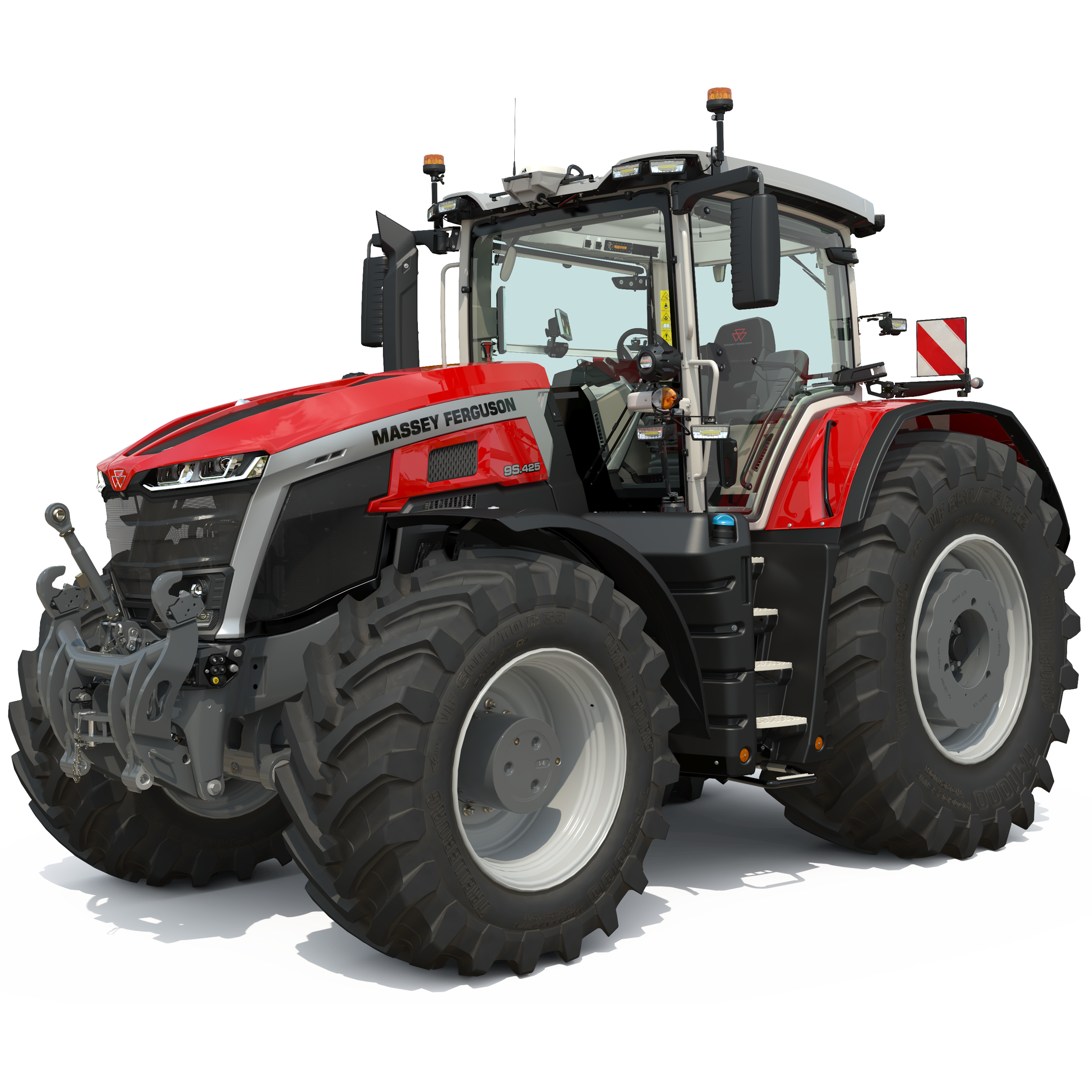
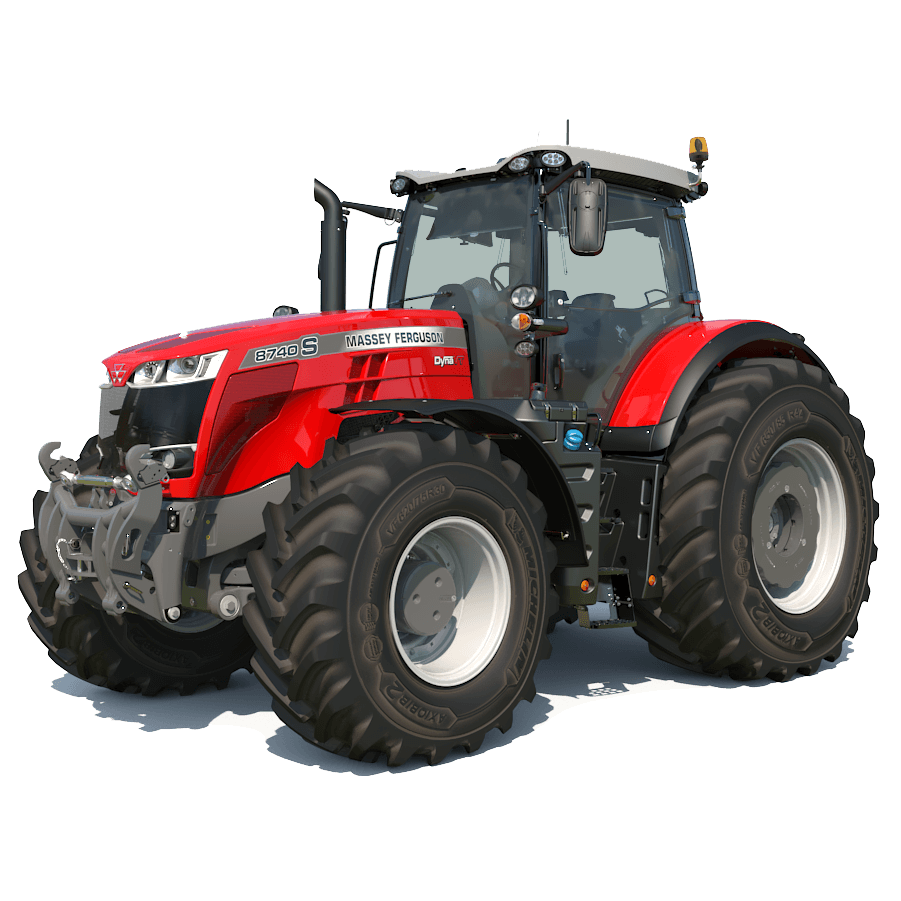

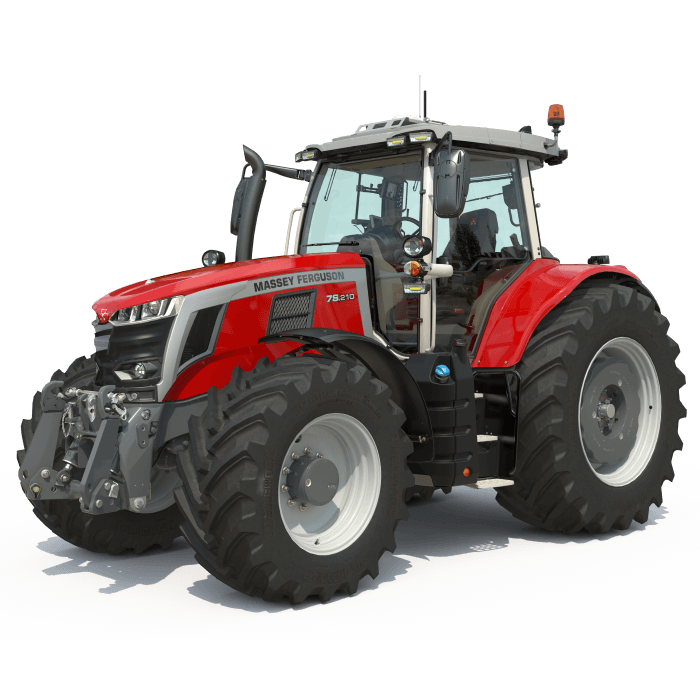



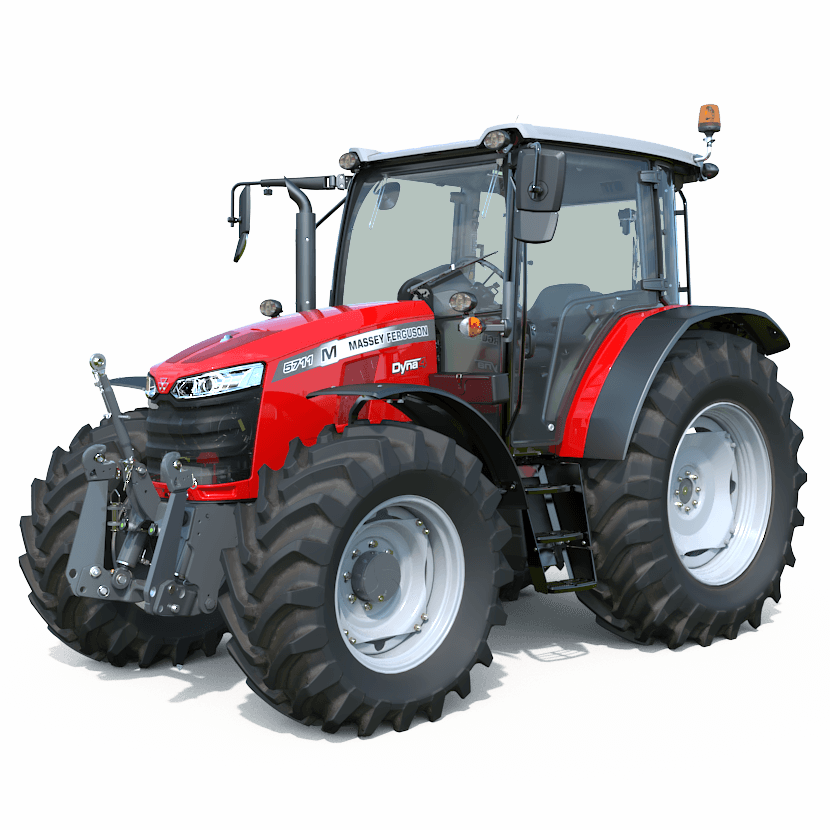





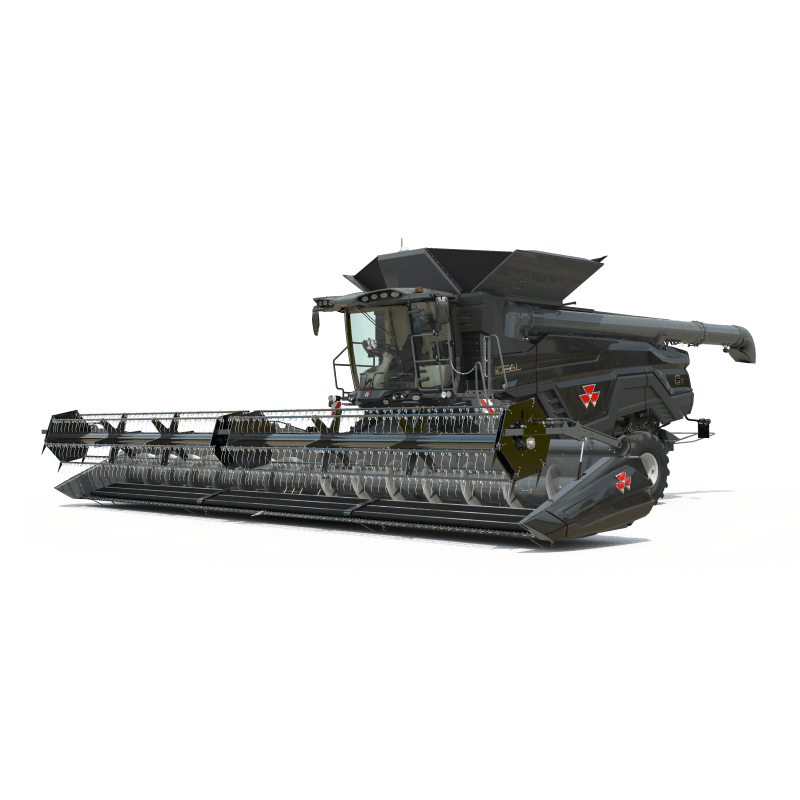
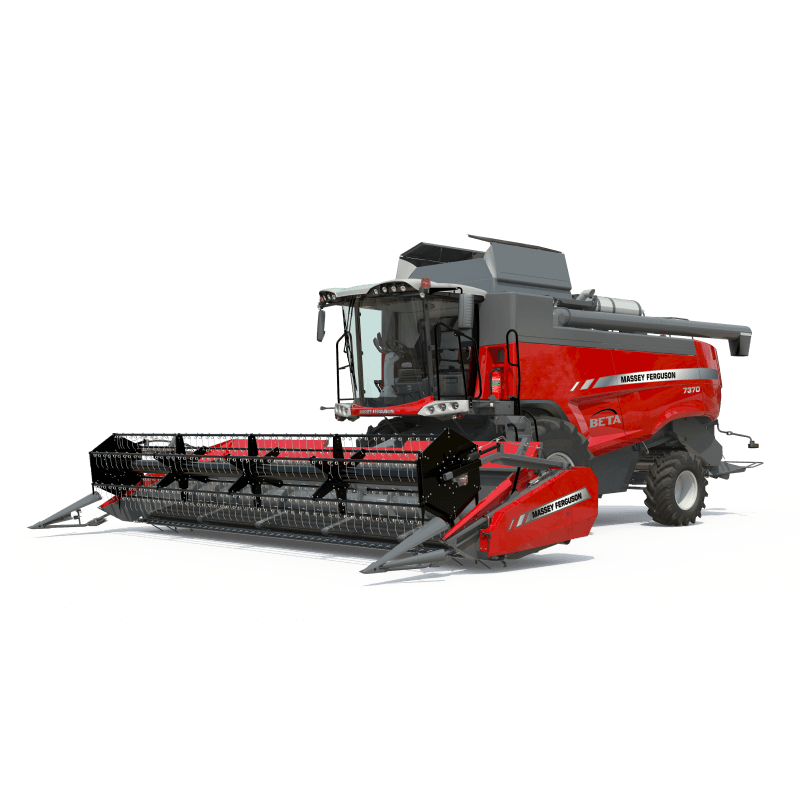
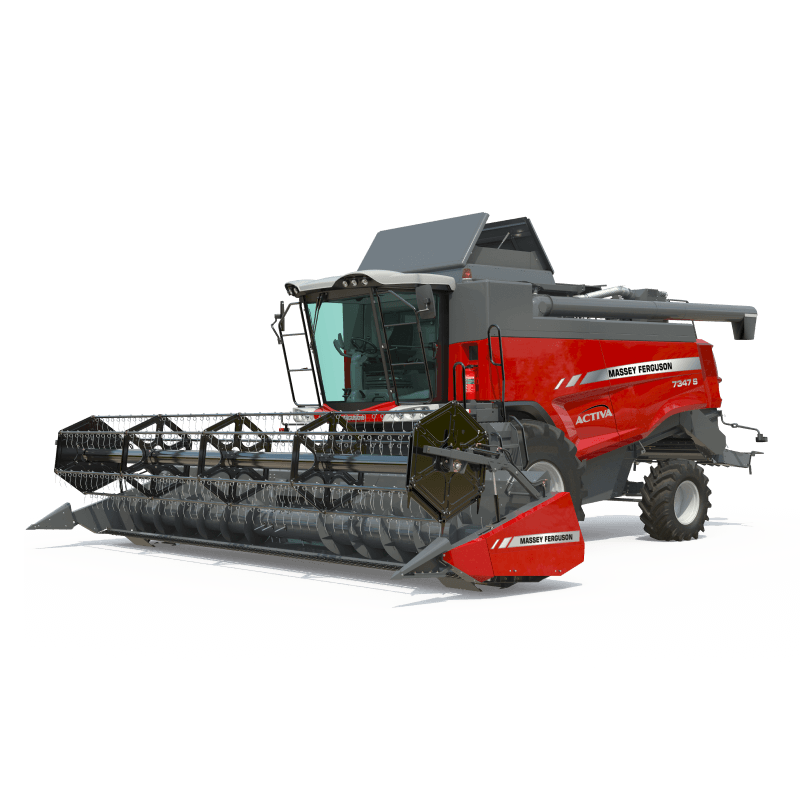
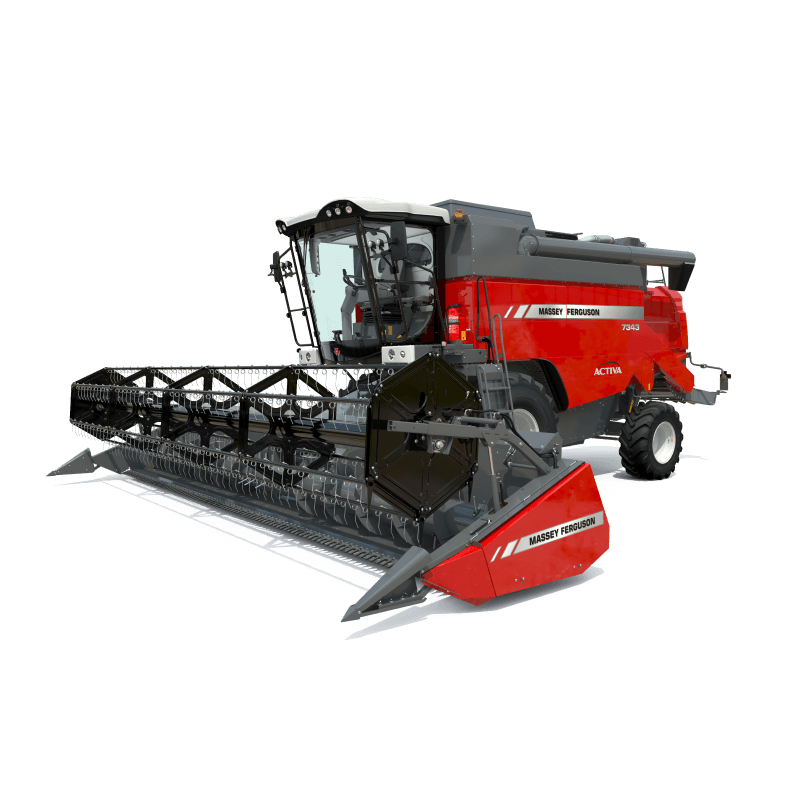
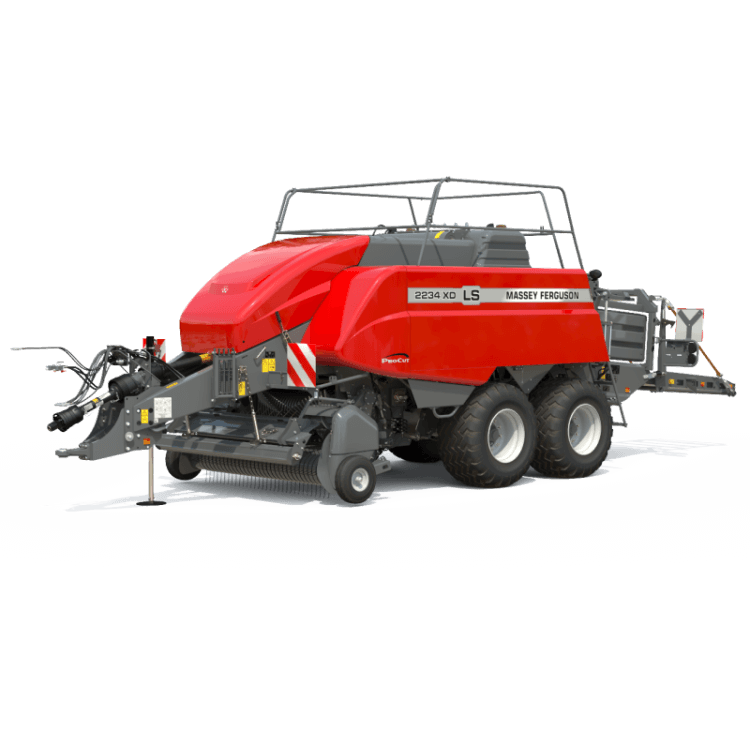
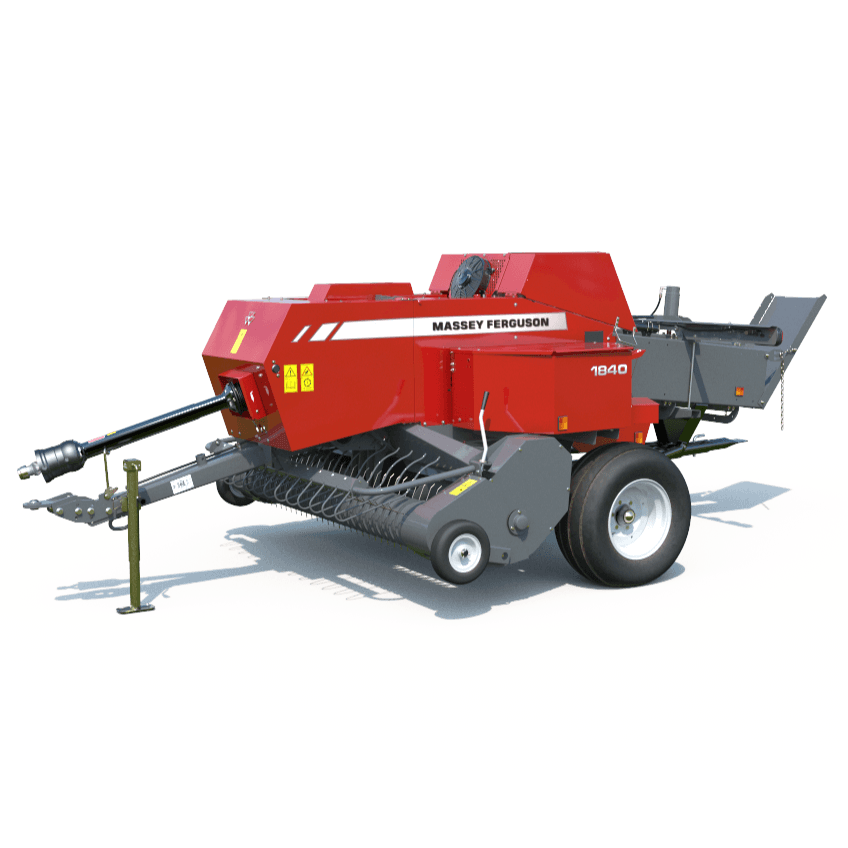




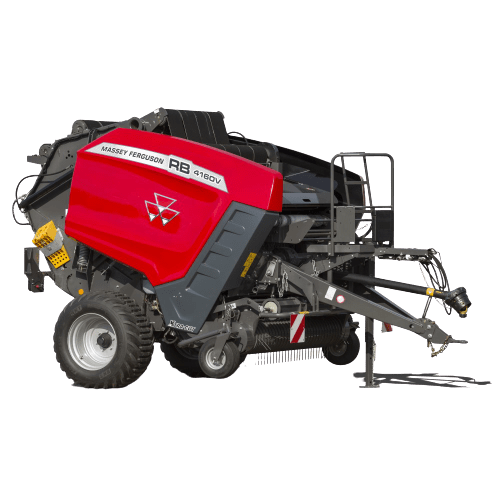


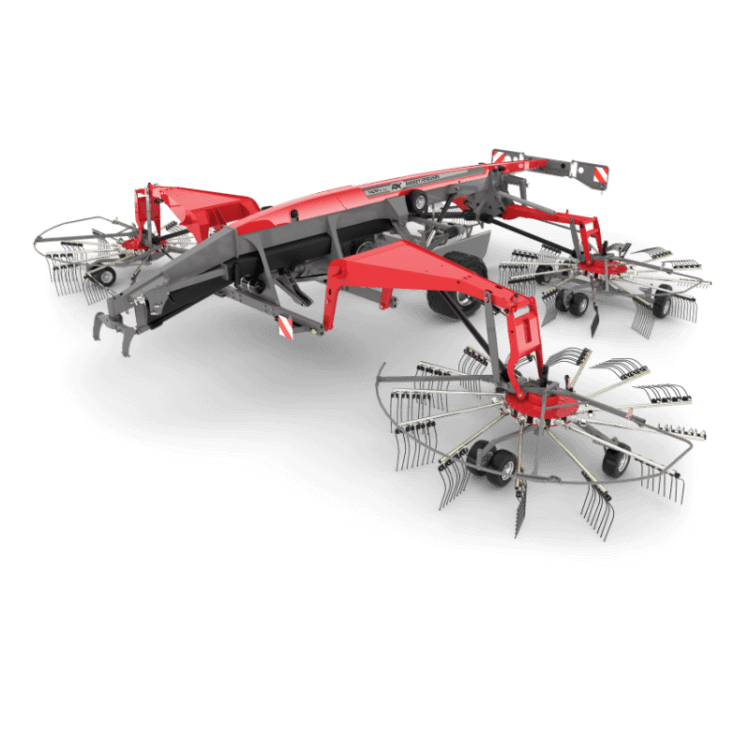













Share